Damodaran A. Applied corporate finance
Подождите немного. Документ загружается.

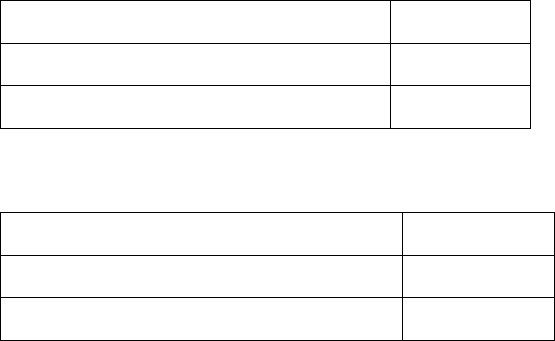
22
22
- Capital Expenditures =
$ 1,049
- Change in Non-cash Working Capital
$ 64
Free Cash Flow to the Firm =
$ 1,722
The market value of the firm at the time of this analysis was obtained by adding up the
estimated market values of debt and equity:
Market Value of Equity =
$ 55,101
+ Market Value of Debt =
$ 14,668
= Value of the Firm
$ 69,769
Based upon the current cost of capital of 8.59%, we solve for the implied growth rate:
Growth rate = (Firm Value * Cost of Capital- CF to Firm)/(Firm Value + CF to Firm)
= (69,769*.0859-1,722)/(69,769+1,722) = .0598 or 5.98%
Now assume that Disney shifts to 30% Debt and a WACC of 8.50%. The firm can now
be valued using the following parameters:
Cash flow to Firm = $1,722 million
WACC = 8.50%
Growth rate in Cash flows to Firm = 5.98%
Firm Value = 1,722 *1.0598/(.0850-.0598) = $ 72,419 million
The value of the firm will increase from $69,769 million to $72,419 million if the firm
moves to the optimal debt ratio:
Increase in firm value = $ 72,419 mil - $ 69,769 mil = $ 2,650 million
With 2047.6 million shares outstanding, assuming that stockholders can evaluate the
effect of this refinancing, we can calculate the increase in the stock price:
Increase in stock price = Increase in Firm Value / Number of shares outstanding
= $ 2,650/2,047.6 = $ 1.29 /share
Since the current stock price is $ 26.91, the stock price can be expected to increase to
$28.20, which translates into about a 5% increase in the price.
The limitation of this approach is that the growth rate that we have assumed in
perpetuity may be too high; a good rule of thumb for stable growth is that it should not

23
23
exceed the riskfree rate
17
. We can use an alternate and more conservative approach to
estimate the change in firm value. Consider first the change in the cost of capital from
8.59% to 8.50%, a drop of 0.09%. This change in the cost of capital should result in the
firm saving on its annual cost of financing its business:
Cost of financing Disney at existing debt ratio = 69,769 * .0859 = $5,993 million
Cost of financing Disney at optimal debt ratio = 69,769 * .0850 = $5,930 million
Annual savings in cost of financing =$5,993 million - $5,930 million = $ 63 million
Note that most of these savings are implicit rather than explicit.
18
The present value of
these savings over time can now be estimated using the new cost of capital of 8.50% and
the capped growth rate of 4% (set equal to the riskfree rate);
Present value of savings in perpetuity = Expected savings next year / (Cost of capital – g)
= 63 /(.085-.04) = $ 1,400 million
Since this increase in value accrues entirely to stockholders, we can estimate the increase
in value per share by dividing by the total number of shares outstanding:
Increase in value per share = $ 1,400/2047.6 = $ 0.68
New stock price = $26.91+ $0.68 = $ 27.59
Using this approach, we estimated the firm value and cost of capital at different debt
ratios in Figure 8.4.
17
No company can grow at a rate higher than the long term nominal growth rate of the economy. The
riskfree rate is a reasonable proxy for the long term nominal growth rate in the economy because it is
composed of two components – the expected inflation rate and the expected real rate of return. The latter
has to equate to real growth in the long term.
18
The cost of equity is an implicit cost and does not show up in the income statement of the firm. The
savings in the cost of capital are therefore unlikely to show up as higher aggregate earnings. In fact, as the
firm’s debt ratio increases the earnings will decrease but the per share earnings will increase.
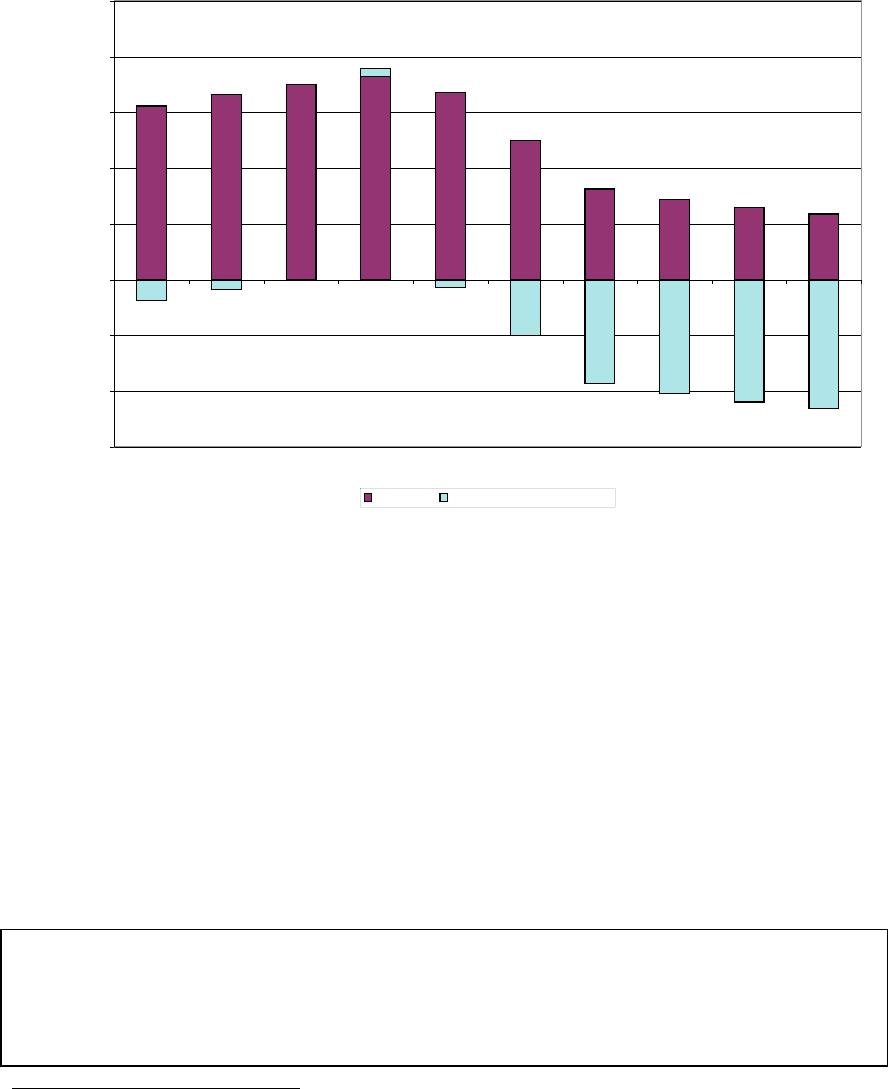
24
24
Figure 8.4: Disney Firm Value at Different Debt Ratios
$(60,000)
$(40,000)
$(20,000)
$-
$20,000
$40,000
$60,000
$80,000
$100,000
0% 10% 20% 30% 40% 50% 60% 70% 80% 90%
Debt Ratio
Value (millions $)
Firm Value Change due to shift in leverage
Since the asset side of the balance sheet is kept fixed and changes in capital
structure are made by borrowing funds and repurchasing stock, this analysis implies that
the stock price would increase to $27.59 on the announcement of the repurchase. Implicit
in this analysis is the assumption that the increase in firm value will be spread evenly
across both the stockholders who sell their stock back to the firm and those who do not.
To the extent that stock can be bought back at the current price of $ 26.91 or some value
lower than $ 27.59, the change in stock price will be larger. For instance, if Disney could
have bought stock back at the existing price of $ 26.91, the increase
19
in value per share
would be $ 0.77.
8.3. ☞: Rationality and Stock Price Effects
Assume that Disney does make a tender offer for it’s shares but pays $28 per share. What
will happen to the value per share for the shareholders who do not sell back?
19
To compute this change in value per share, we first compute how many shares we would buy back with
the additional debt taken on of $ 6,263 billion (Debt at 30% optimal – Current Debt) and the stock price of
$ 26.91. We then divide the increase in firm value of $ 1,400 million by the remaining shares outstanding:
Change in stock price = $ 1400 million / (2047.6 – (6263/26.91)) = $ 0.77 per share
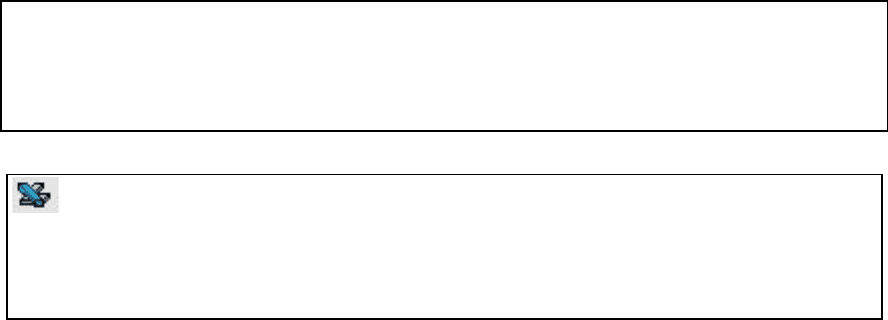
25
25
a. The share price will drop below the pre-announcement price of $26.91
b. The share price will be between $26.91 and the estimated value (above) or $27.59
c. The share price will be higher than $27.59
This spreadsheet allows you to compute the optimal debt ratio firm value for any
firm, using the same information used for Disney. It has updated interest coverage ratios
and spreads built in.
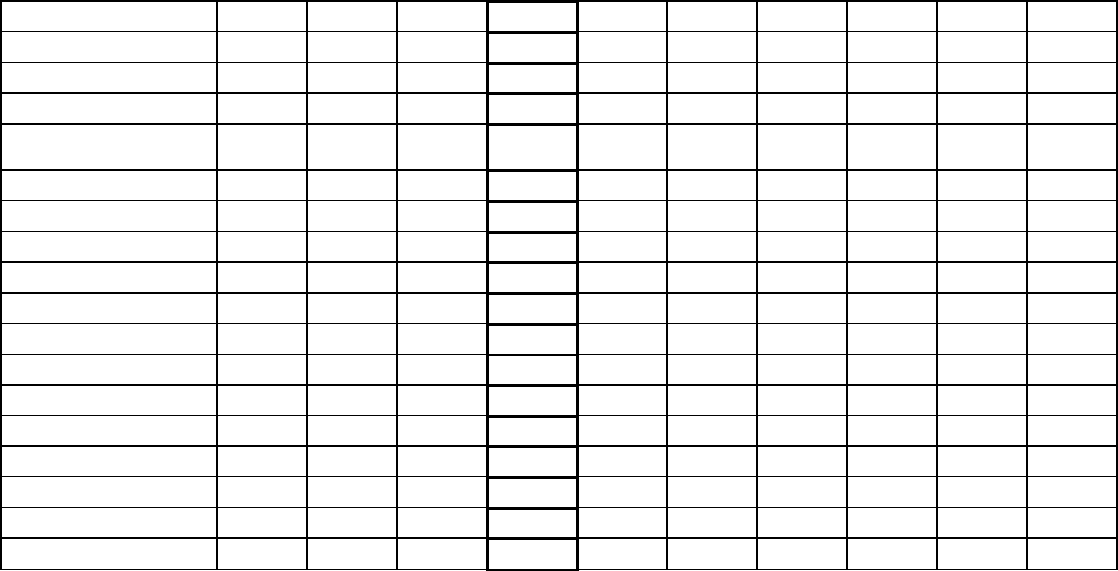
26
26
Table 8.10: Cost of Capital Worksheet for Disney
D/(D+E)
0.00%
10.00%
20.00%
30.00%
40.00%
50.00%
60.00%
70.00%
80.00%
90.00%
D/E
0.00%
11.11%
25.00%
42.86%
66.67%
100.00%
150.00%
233.33%
400.00%
900.00%
$ Debt
$0
$6,977
$13,954
$20,931
$27,908
$34,885
$41,861
$48,838
$55,815
$62,792
Beta
1.07
1.14
1.23
1.35
1.56
1.93
2.42
3.22
4.84
9.67
EBITDA
$3,882
$3,882
$3,882
$3,882
$3,882
$3,882
$3,882
$3,882
$3,882
$3,882
Depreciation
$1,077
$1,077
$1,077
$1,077
$1,077
$1,077
$1,077
$1,077
$1,077
$1,077
EBIT
$2,805
$2,805
$2,805
$2,805
$2,805
$2,805
$2,805
$2,805
$2,805
$2,805
Interest
∞
9.24
4.02
2.23
0.84
0.50
0.42
0.36
0.31
0.28
Pre-tax Int. cov
∞
0.38
0.17
0.10
0.03
-0.02
-0.03
-0.04
-0.05
-0.06
Likely Rating
AAA
AAA
A-
BB+
CCC
C
C
C
C
C
Pre-tax cost of debt
4.35%
4.35%
5.00%
6.00%
12.00%
16.00%
16.00%
16.00%
16.00%
16.00%
Adj Marginal Tax Rate
37.30%
37.30%
37.30%
37.30%
31.24%
18.75%
15.62%
13.39%
11.72%
10.41%
Cost of equity
9.15%
9.50%
9.95%
10.53%
11.50%
13.33%
15.66%
19.54%
27.31%
50.63%
Cost of debt
2.73%
2.73%
3.14%
3.76%
8.25%
13.00%
13.50%
13.86%
14.13%
14.33%
Cost of Capital
9.15%
8.83%
8.59%
8.50%
10.20%
13.16%
14.36%
15.56%
16.76%
17.96%
Value (perpetual growth)
$62,279
$66,397
$69,837
$71,239
$51,661
$34,969
$30,920
$27,711
$25,105
$22,948

27
27
Constrained Cost of Capital Approaches
The cost of capital approach that we have described is unconstrained, since our
only objective is to minimize the cost of capital. There are several reasons why a firm
may choose not to view the debt ratio that emerges from this analysis as optimal. First,
the firm’s default risk at the point at which the cost of capital is minimized may be high
enough to put the firm’s survival at jeopardy.
Stated in terms of bond ratings, the firm may
have a below-investment grade rating. Second,
the assumption that the operating income is
unaffected by the bond rating is a key one. If the
operating income declines as default risk increases, the value of the firm may not be
maximized where the cost of capital is minimized. Third, the optimal debt ratio was
computed using the operating income from the most recent financial year. To the extent
that operating income is volatile and can decline, firms may want to curtail their
borrowing. In this section, we will consider ways in which we can bring each of these
considerations into the cost of capital analysis.
Bond Rating Constraint
One way of using the cost of capital approach, without putting firms into financial
jeopardy, is to impose a “bond rating constraint” on the cost of capital analysis. Once this
constraint has been imposed, the optimal debt ratio is the one that has the lowest cost of
capital, subject to the constraint that the bond rating meets or exceeds a certain level.
While this approach is simple, it is essentially subjective and is therefore open to
manipulation. For instance, the management at Disney could insist on preserving a AA
rating and use this constraint to justify reducing its debt ratio. One way to make managers
more accountable in this regard is to measure the cost of a rating constraint.
Cost of Rating Constraint = Maximum Firm Value without constraints
- Maximum Firm Value with constraints
Investment Grade Bonds: An investment
grade bond is one with a rating greater than
BBB. Some institutional investors, such as
pension funds, are constrained from holding
bonds with lower ratings.

28
28
If Disney insisted on maintaining a AA rating, its constrained optimal debt ratio would be
10%. The cost of preserving the constraint can then be measured as the difference
between firm value at 30% and at 20%.
Cost of Rating Constraint = Value at 30% Debt - Value at 10% Debt
= $71,239 - $ 66,397
= $ 4,842 million
This loss in value is probably overstated since we are keeping operating income fixed.
Notwithstanding this concern, the loss in value that can accrue from having an
unrealistically high rating constraint can be viewed as the cost of being too conservative
when it comes to debt policy.
8.4. ☞: Agency Costs and Financial Flexibility
In the last chapter, we consider agency costs and lost flexibility as potential costs of using
debt. Where in the cost of capital approach do we consider these costs?
a. These costs are not considered in the cost of capital approach
b. These costs are fully captured in the cost of capital through the costs of equity and
debt, which increase as you borrow more money.
c. These costs are partially captured in the cost of capital through the costs of equity and
debt, which increase as you borrow more money.
Sensitivity Analysis
The optimal debt ratio we estimate for a firm is a function of all the inputs that go
into the cost of capital computation – the beta of the firm, the riskfree rate, the risk
premium and the default spread. It is also, indirectly, a function of the firm’s operating
income, since interest coverage ratios are based upon this income, and these ratios are
used to compute ratings and interest rates.
The determinants of the optimal debt ratio for a firm can be divided into variables
specific to the firm, and macro economic variables. Among the variables specific to the
firm that affect its optimal debt ratio are the tax rate, the firm’s capacity to generate
operating income and its cash flows. In general, the tax benefits from debt increase as the
tax rate goes up. In relative terms, firms with higher tax rates will have higher optimal
debt ratios than will firms with lower tax rates, other things being equal. It also follows
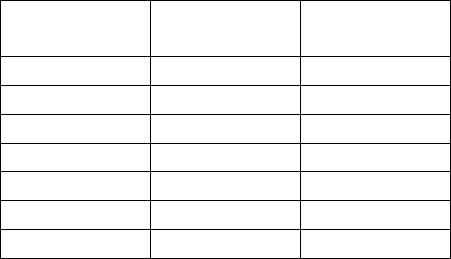
29
29
that a firm's optimal debt ratio will increase as its tax rate increases. Firms that generate
higher operating income and cash flows, as a percent of firm market value, also can
sustain much more debt as a proportion of the market value of the firm, since debt
payments can be met much more easily from prevailing cash flows.
The macroeconomic determinants of optimal debt ratios include the level of
interest rates and default spreads. As interest rates increase, the costs of debt and equity
both increase. However, optimal debt ratios tend to be lower when interest rates are
higher, perhaps because interest coverage ratios drop at higher rates. The default spreads
commanded by different ratings classes tend to increase during recessions and decrease
during recoveries. Keeping other things constant, as the spreads increase, optimal debt
ratios decrease, for the simple reason that higher default spreads result in higher costs of
debt.
How does sensitivity analysis allow a firm to choose an optimal debt ratio? After
computing the optimal debt ratio with existing inputs, firms may put it to the test by
changing both firm-specific inputs (such as operating income) and macro-economic
inputs (such as default spreads). The debt ratio the firm chooses as its optimal then
reflects the volatility of the underlying variables, and the risk aversion of the firm’s
management.
Illustration 8.4: Sensitivity Analysis on Disney’s Optimal Debt Ratio
In the base case, in illustration 8.2, we used Disney’s operating income in 2003 to
find the optimal debt ratio. We could argue that Disney's operating income is subject to
large swings, depending upon the vagaries of the economy and the fortunes of the
entertainment business, as shown in Table 8.11.
Table 8.11: Disney's Operating Income History: 1987 – 2003
Year
EBIT
% Change in
EBIT
1987
756
1988
848
12.17%
1989
1177
38.80%
1990
1368
16.23%
1991
1124
-17.84%
1992
1287
14.50%
1993
1560
21.21%
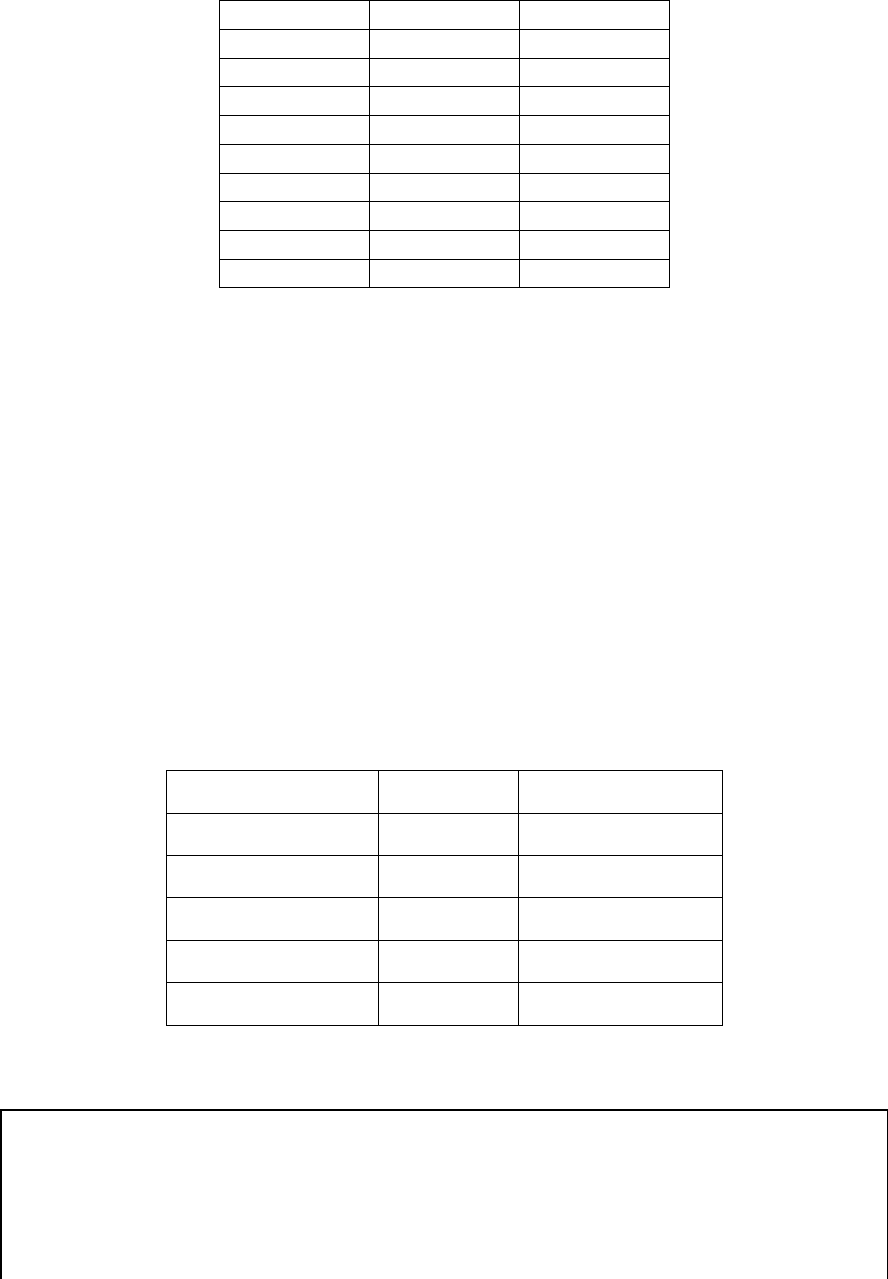
30
30
1994
1804
15.64%
1995
2262
25.39%
1996
3024
33.69%
1997
3945
30.46%
1998
3843
-2.59%
1999
3580
-6.84%
2000
2525
-29.47%
2001
2832
12.16%
2002
2384
-15.82%
2003
2713
13.80%
There are several ways of using the information in such historical data to modify the
analysis. One approach is to look at the firm's performance during previous downturns.
In Disney's case, the operating income in 2002 dropped by 15.82% as the firm struggled
with the aftermath of terrorism. In 2000, Disney’s self-inflicted wounds, from over
investment in the internet business and poor movies, caused operating income to
plummet almost 30%. A second approach is to obtain a statistical measure of the
volatility in operating income, so that we can be more conservative in choosing debt
levels for firms with more volatile earnings. In Disney’s case, the standard deviation in
percentage changes in operating income is 19.54%. Table 8.12 illustrates the impact of
lowering operating from current levels on the optimal debt level.
Table 8.12: Effects Of Operating Income On Optimal Debt Ratio
% Drop in EBITDA
EBIT
Optimal Debt Ratio
0%
$ 2,805
30%
5%
$ 2,665
20%
10%
$ 2,524
20%
15%
$ 2385
20%
20%
$ 2,245
20%
The optimal debt ratio declines to 20% when the operating income decreases by 5% but
the optimal stays at 20% for larger decreases in operating income (up to 40%).
In Practice: EBIT versus EBITDA
In recent years, analysts have increasingly turned to using EBITDA as a measure
of operating cashflows for a firm. It may therefore seem surprising that we focus on
operating income or EBIt far more than EBITDA when computing the optimal capital

31
31
structure. The interest coverage ratios, for instance, are based upon operating income and
not EBITDA. While it is true that depreciation and amortization are non-cash expenses
and should be added back to cash flows, it is dangerous for a firm with ongoing
operations to depend upon the cashflows generated by these items to service debt
payments. After all, firms with high depreciation and amortization expenses usually have
high ongoing capital expenditures. If the cash inflows from depreciation and amortization
are redirected to make interest payments, the reinvestment made by firms will be
insufficient to generate future growth or to maintain existing assets.
Normalized Operating Income
A key input that drives the optimal capital
structure is the current operating income. If this
income is depressed, either because the firm is a
cyclical firm or because there are firm-specific
factors that are expected to be temporary, the
optimal debt ratio that will emerge from the
analysis will be much lower than the firm’s true
optimal. For example, automobile manufacturing firms would have had very low debt
ratios if the optimal debt ratios had been computed based upon the operating income in
2001 and 2002, which were recession years. If the drop in operating income is
permanent, however, this lower optimal debt ratio is, in fact, the correct estimate.
When evaluating a firm with depressed current operating income, we must first
decide whether the drop in income is temporary or permanent. If the drop is temporary,
we must estimate the normalized operating income for the firm. The normalized
operating income is an estimate of how much the firm would earn in a normal year, i.e., a
year without the specific events that are depressing earnings this year. Most analysts
normalize earnings by taking the average earnings over a period of time (usually 5 years).
mgnroc.xls: There is a dataset on the web that summarizes operating margins
and returns on capital by industry group in the United States for the most recent quarter.
Normalized Income: This is a
measure of the income that a firm can
make in a normal year, where there are no
extraordinary gains or losses either from
firm-specific factors (such as write offs
and one-time sales) or macro economic
factors (such as recessions and economic
booms).
